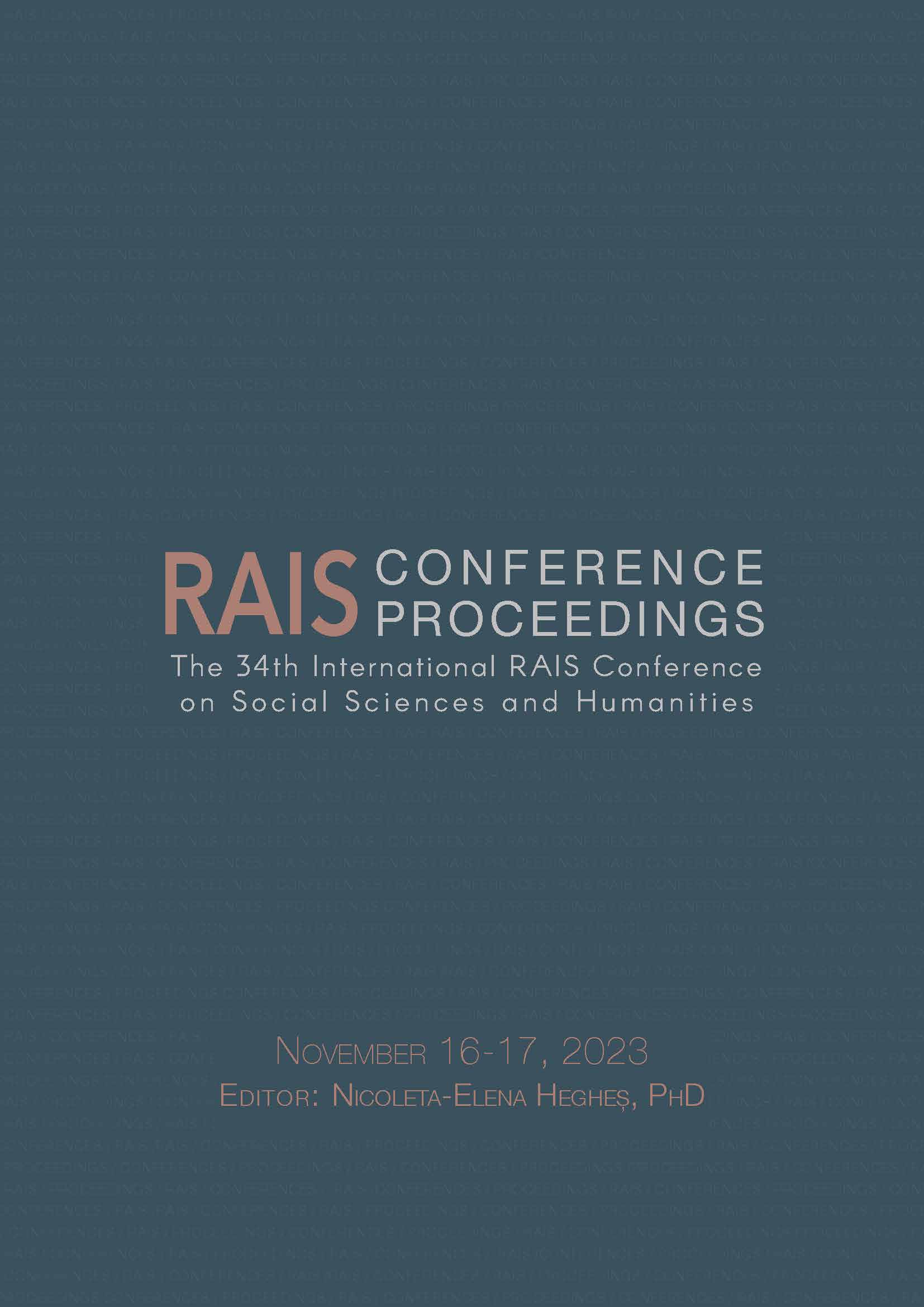Visuals of Trauma in Journalism and the Mixing of Methods - Symptomatology of Post Traumatic Stress Disorder (PTSD) and Trauma Narratives
Visuals of Trauma in Journalism and the Mixing of Methods - Symptomatology of Post Traumatic Stress Disorder (PTSD) and Trauma Narratives
Author(s): Lydia Ouma Radoli
Subject(s): Media studies, Behaviorism
Published by: Scientia Moralitas Research Institute
Keywords: visuals and trauma; trauma journalism; symptomatology of PTSD; real-life narratives; East African journalists;
Summary/Abstract: The paradox of documenting history through gruesome visuals depicting the prominence of stories intrigues media researchers. In East Africa, the topic has been captured in a variety of media frames, but particularly in scholarly work. Using a mixed methods approach this paper examines the relationship between violent visuals and trauma among journalists. It argues that in East Africa, trauma and related psychological effects thrive amid rigid newsroom structures devoid of concrete intervention mechanisms. The scarcity of trauma mitigations is not just an issue in journalism, but in society, as issues of mental health and other deprivations become common. This paper focuses on examining the phenomenon of trauma among journalists who have been exposed to trauma in the line of duty. Using symptomatology of Post-Traumatic Stress Disorder (PTSD) and real-life narratives as quantitative and qualitative methods, the preliminary results suggest that whereas journalists in East Africa experience adverse effects after exposure to traumatic visuals, there are no potential mitigation strategies in newsrooms to deal with the Trauma Effects. Findings indicate that as the frequency of exposure to violent visuals is intensified so do PTSD symptoms significantly increase among journalists. The study is hinged on the background that the criterion for news production is constructed from the idea that ‘if visuals of violence, conflict, and death are involved, then the story gets top priority. Data collected from Kenya, Rwanda, and Uganda exposes the dire need for alternative strategies for mitigation. The results further predict a correlation between psychological effects and trauma journalism. These findings are relevant for trauma journalists and provide key pointers for mitigation in newsrooms and among journalists.
Book: Proceedings of the 34th International RAIS Conference on Social Sciences and Humanities
- Page Range: 46-55
- Page Count: 10
- Publication Year: 2023
- Language: English
- Content File-PDF

